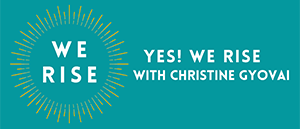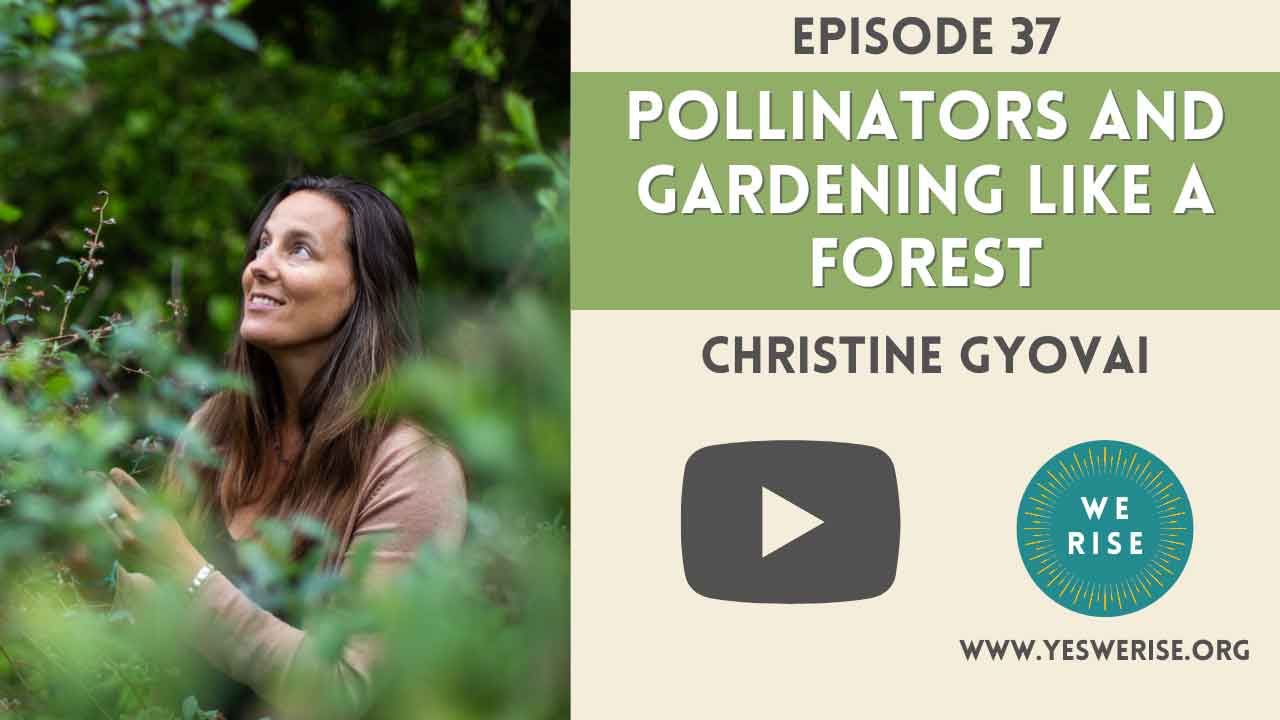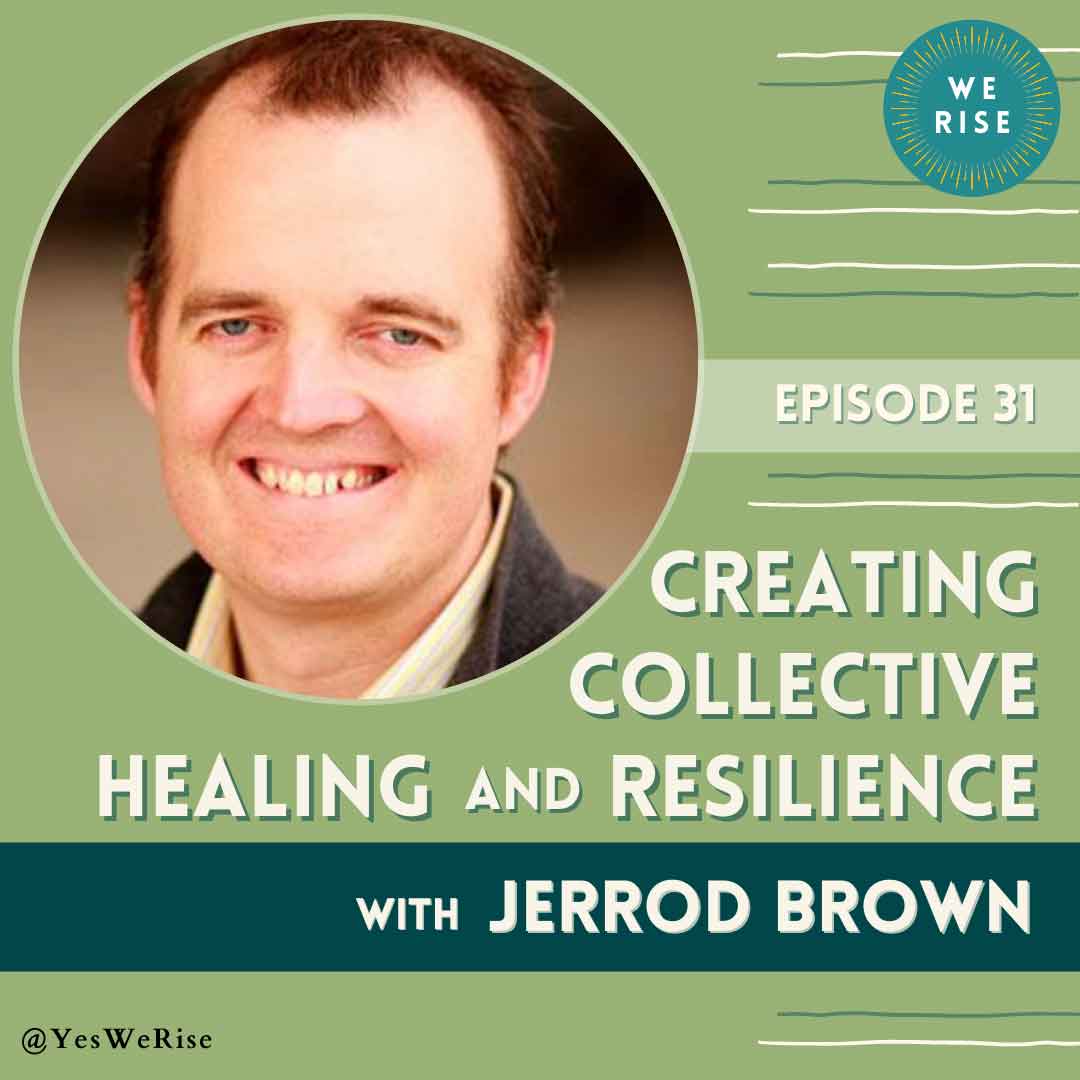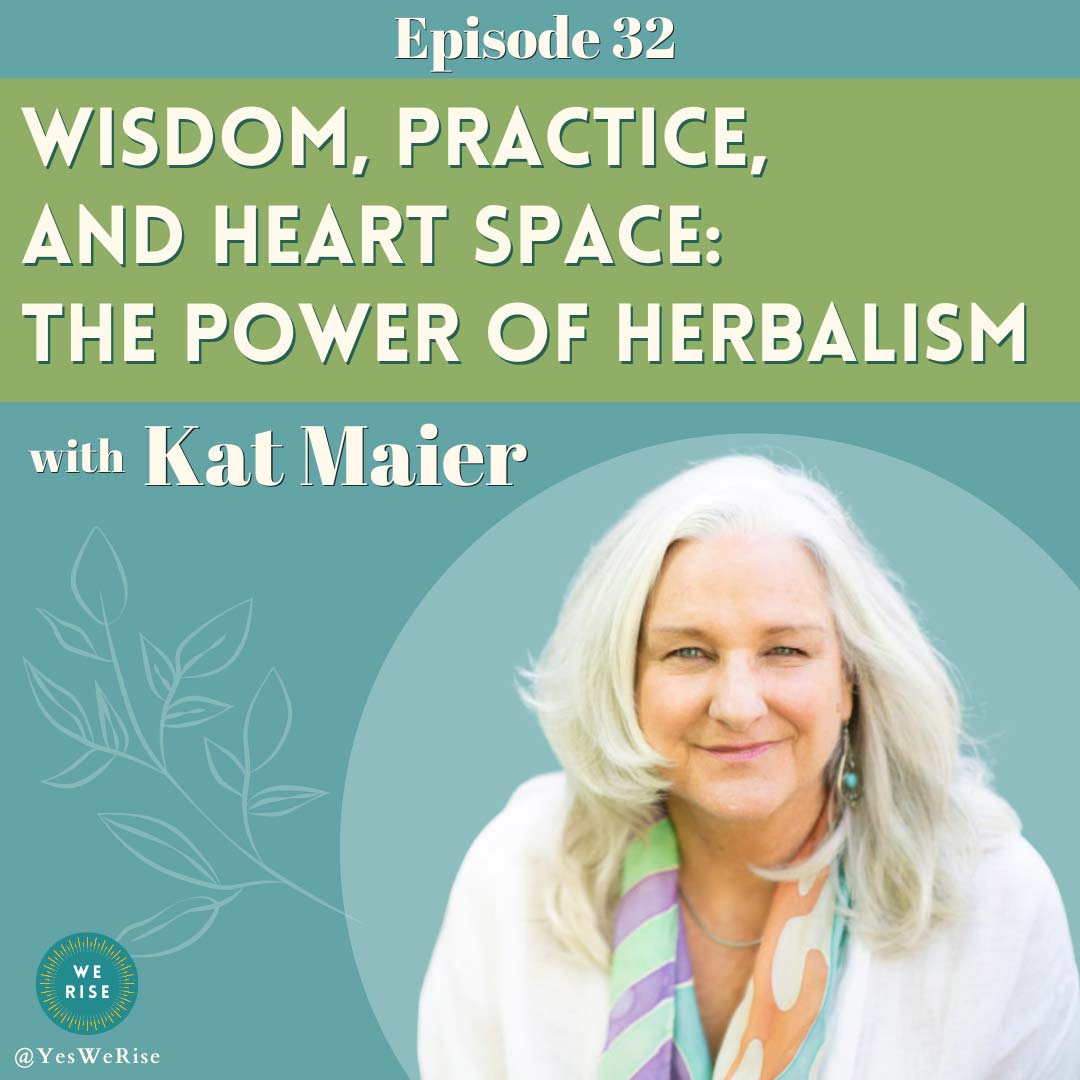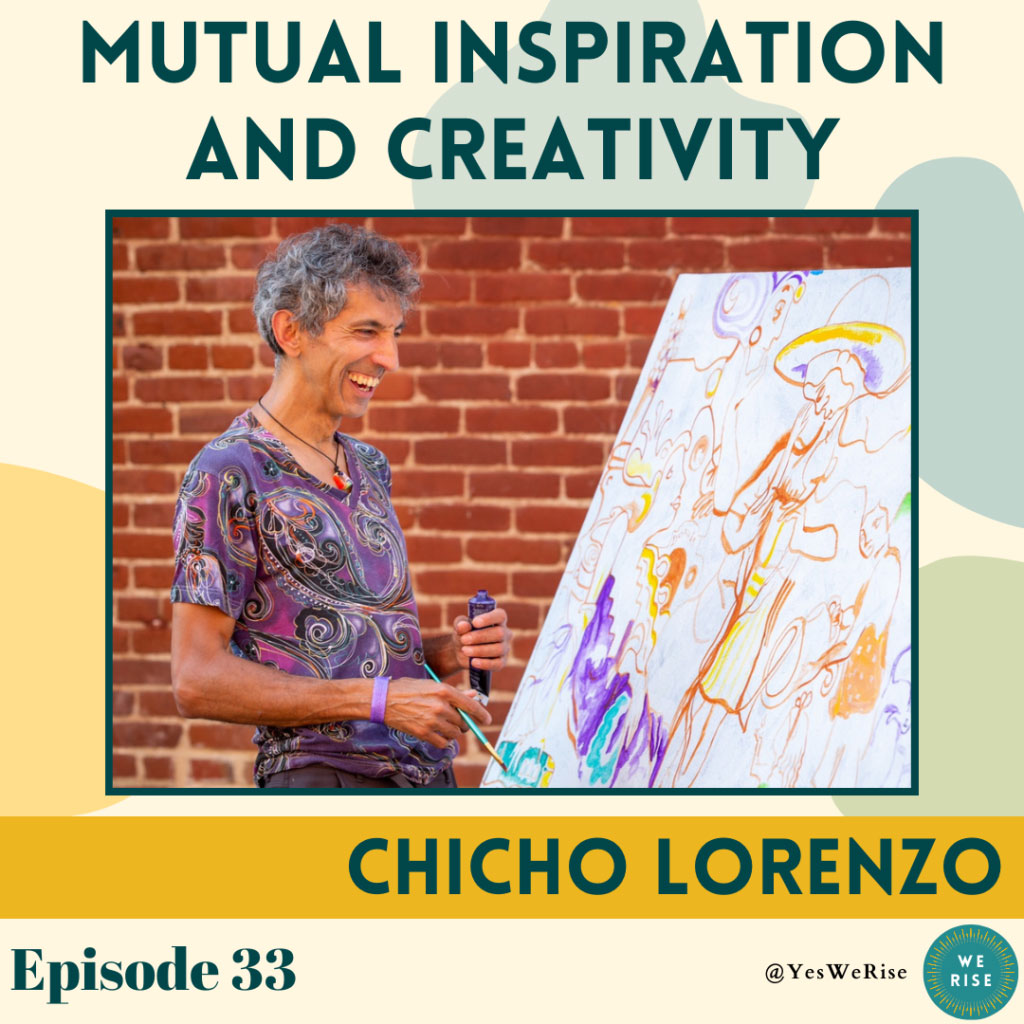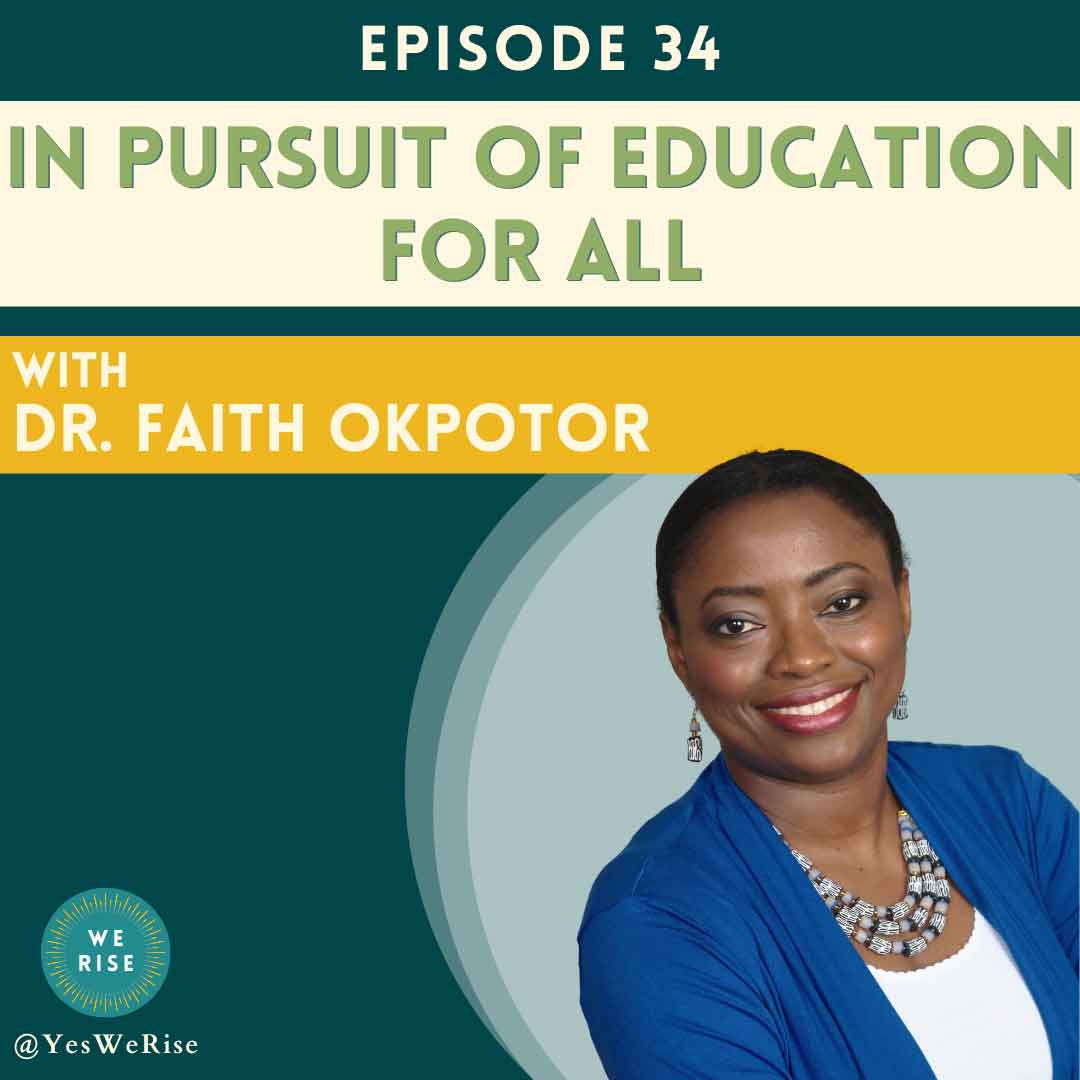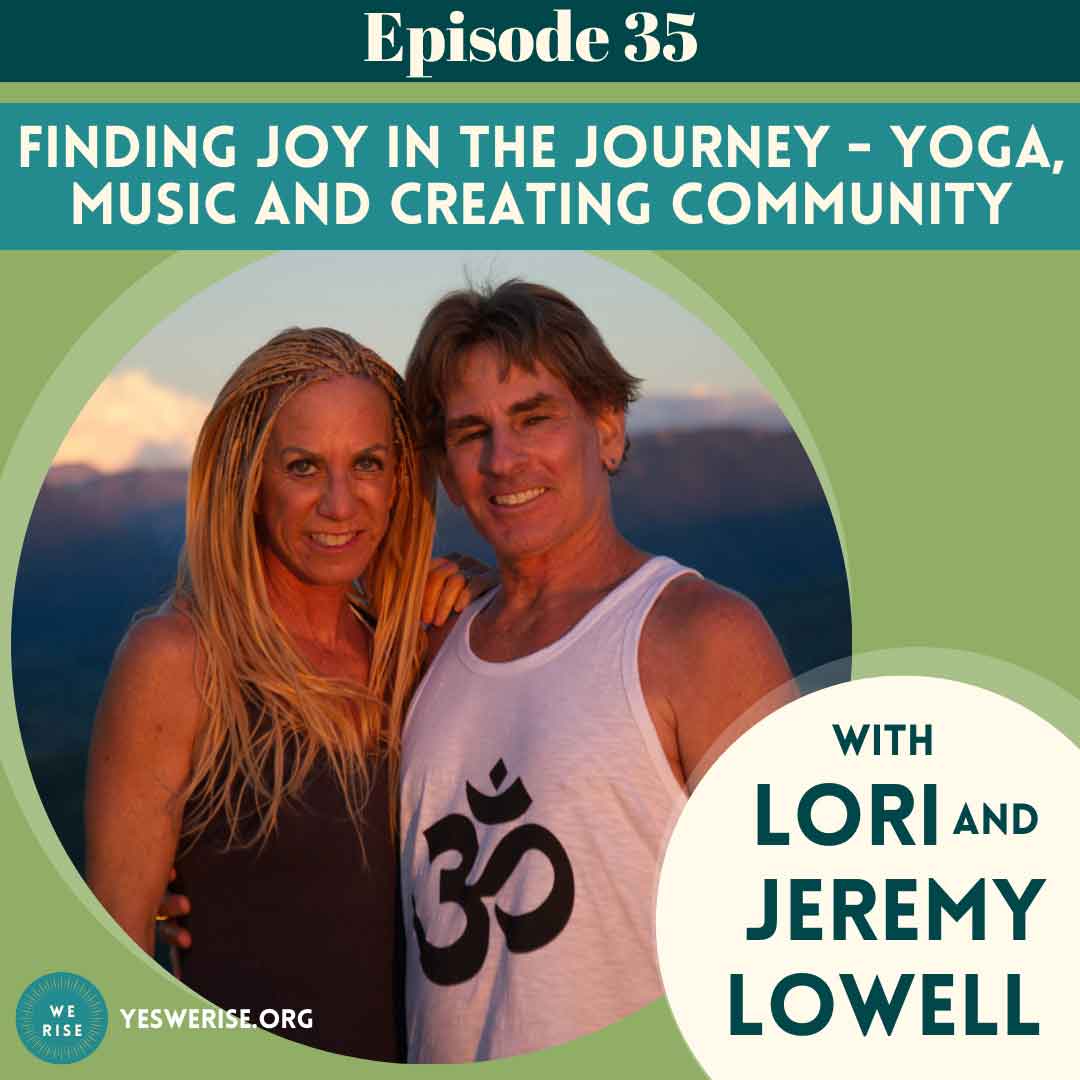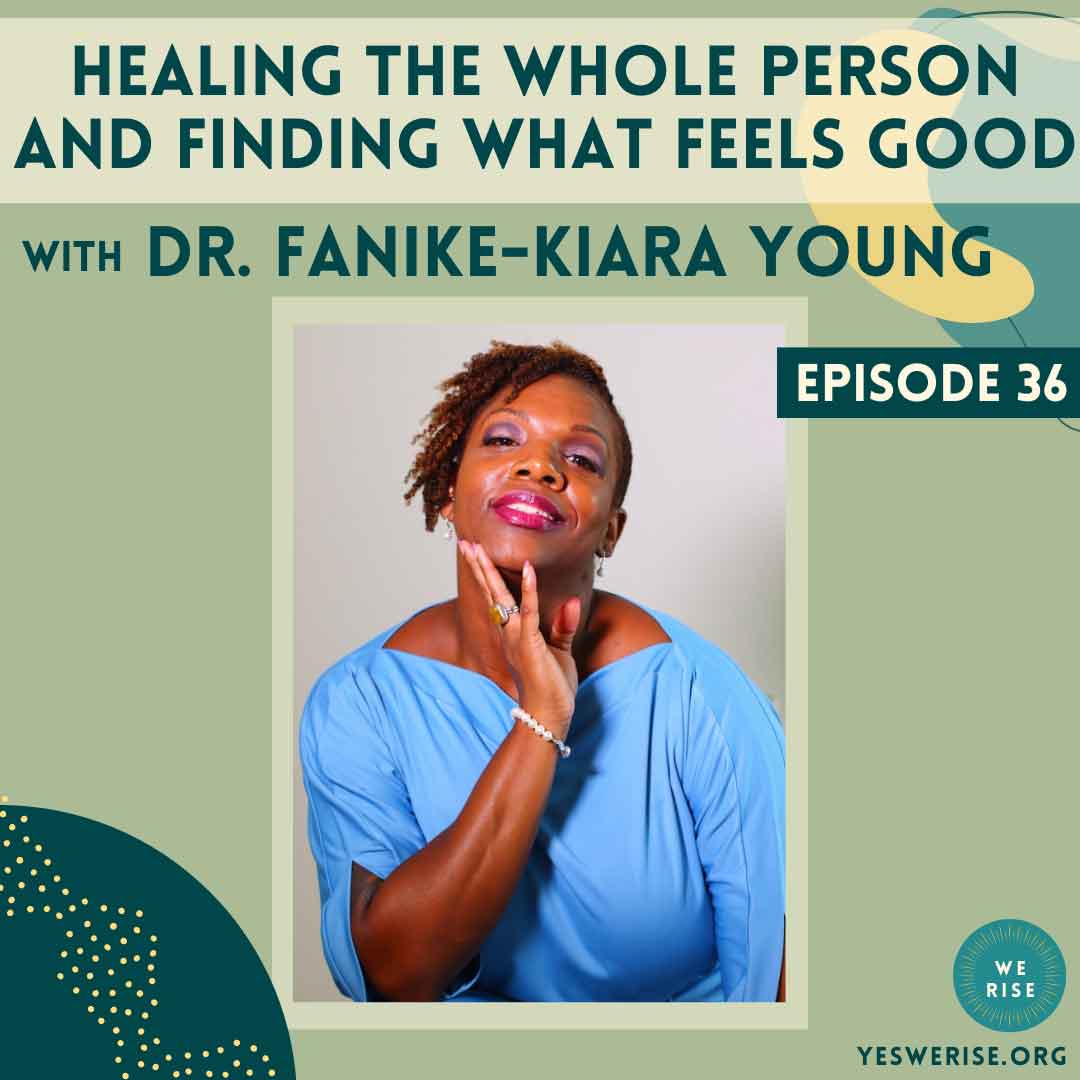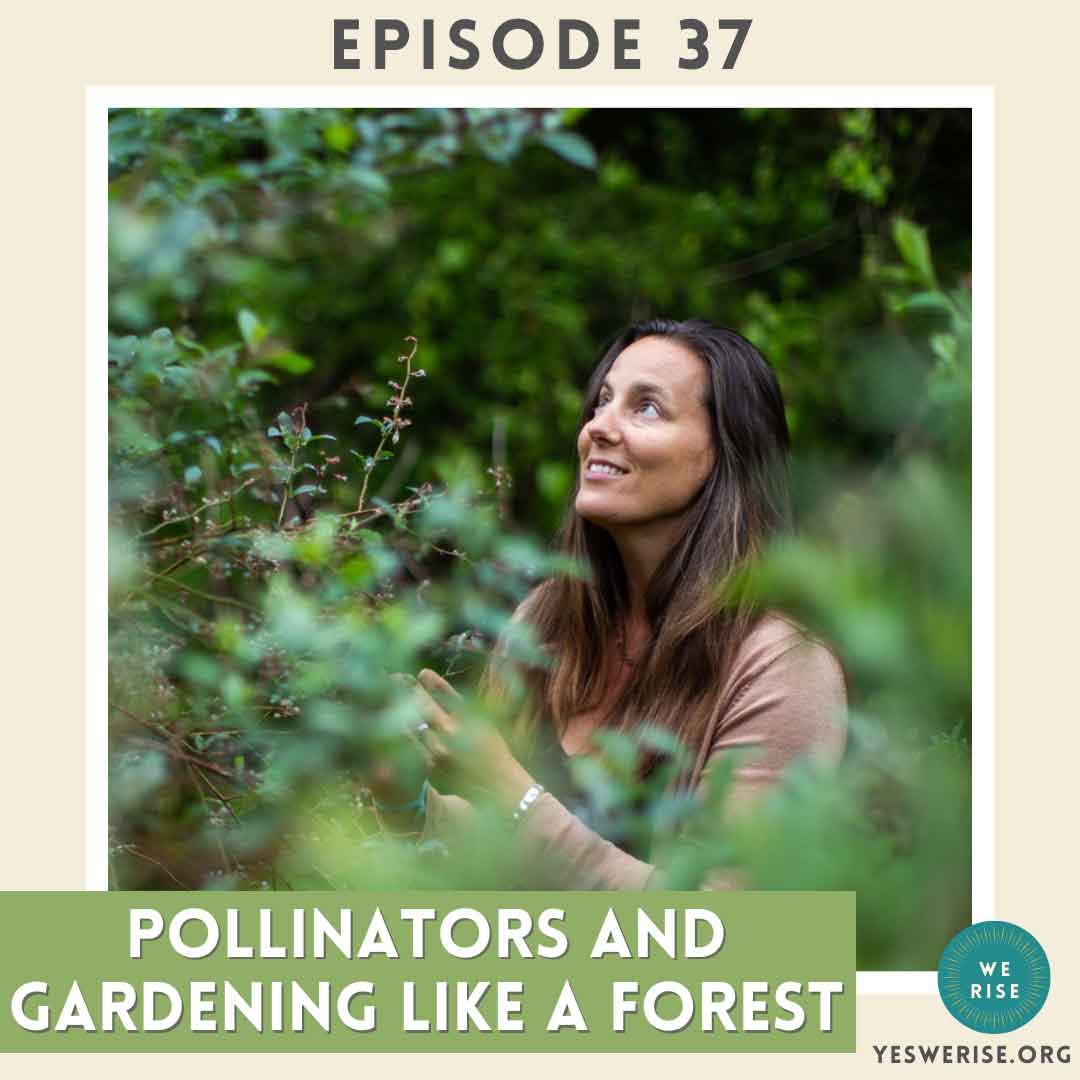
Episode 37:
Pollinators and Gardening Like A Forest
Listen to the podcast on your favorite platform:
Apple Google Play Stitcher Spotify Amazon Music
Episode 37 Description
There is endless wisdom to be learned from the forests. As we listen, observe, and experiment, we can support and create thriving ecosystems that also happen to be delicious!
In this episode of The Yes! We Rise Podcast, we’re focusing on plants, gardening like a forest, and planting for pollinators. We’re going to do a deep dive and share how edible forest gardens work and what you can do to create a simple forest garden that builds soil and increases the health of the ecosystems around us. We can grow delicious food while sustaining and replenishing the incredible land that has given us so much. Welcome!
Download the show Notes
find this episode on youtube
Key takeaways
Learning from the natural gardens of a forest
No matter the ecosystem where you live, you can mimic it in your own garden! The very first step is to pay attention to notice what you see. You will begin to discover how a forest grows a garden.
One of the first things you might observe are the numerous layers of plant life, including shrubs, mid-sized trees, and vines. There are also plants growing right above the soil, known as the herbaceous layer.
These layers provide diversity, serving different functions. In forested ecosystems, some plants attract pollinators, others provide food, fruit, and medicine, and others bring nutrients up from deep in the soil, making it available to other plants. Dead plants decompose, adding to the soil’s health. Even animals help by looking for food and adding nutrients to the soil. In these beautiful systems, plants develop relationships with one another, helping each other survive.
Through understanding a forest’s ecosystem, you can recreate it at home, mimicking the importance of layers, incorporating plants that require different nutrients, and adding species with different sun exposure needs.
The key layers to think about and some examples are:
- Root Layer: potatoes, carrots, beets, radishes
- Ground Cover: strawberries, chamomile
- Herbaceous Layer: lettuce, kales, herbs
- Shrubs: blueberries, raspberries, currants
- Lower Story: dwarf peach trees, figs
- Upper Story: apple trees, persimmon trees
- Vining Plants: peas, grapes
There are endless combinations to try. Start small with something as simple as a 4’x4’ area. Experiment, have fun, and discover what works. After planting your forest garden, take a moment and observe.
What’s thriving?
What isn’t?
What works and what doesn’t?
Paying attention will help you create a thriving and long lasting forest garden.
Experimenting, learning, and Nitrogen
Our forest garden was started through a workshop we held at Fiddlehead Farm almost 10 years ago in central Virginia. A little less than an acre, we really treat it as a research plot, teaching us what works, what is needed, what thrives, and more.
Nitrogen is a much needed nutrient for plant growth and we can intentionally add Nitrogen-fixing plants to our forest to provide nutrients for other species. One of our favorite nitrogen-fixing plants in our own forest garden is called New Jersey tea. It’s a small shrub with many diverse functions and uses, including tea and medicinal purposes. It’s native to the eastern United States, and attracts numerous pollinators. Experiment yourself and see what nitrogen-fixing plants you want in yours.
Establishing our own edible forest garden helped me create a relationship with the land we steward. As with most of my work in collaboration with communities, I first listened to the land and paid attention to what needed to happen at the top, middle, and bottom of the slope we were planting.
To clear the brambles on the land, we rotated heritage breed pigs in movable paddocks, which also adds fertilizer. Then we established a swale at the top of the forest garden to capture water, allowing it to slowly percolate down into the forest garden.
We tasted lots and lots of things before selecting the plants we wanted to grow, and we focused on disease-resistant species to avoid chemical use. When initially planted, we paid extra care to the plants so they would grow strong. We have raspberries, comfrey, apple and pear trees, wild finger, strawberries, and so much more.
Today our forest garden requires much less active maintenance, as with much of our permaculture work with our clients does as well. We continue to learn and experiment. We listen and our forest garden teaches.
Creating pollinator pathways
Focusing on growing plants for pollinators is an excellent place to start when it comes to gardening. This can be in an edible forest garden or in a simple pathway known as a pollinator pathway. According to a group known as Pollinator Pathway, “pollinator pathways are private and public pesticide free corridors of native plants that provide nutrition and habitat for pollinating insects and birds.”
In Western Massachusetts, there’s an organization dedicated to handing out plant kits so people can plant pollinator strips in median strips or right outside their front yards, but they’ve made it very easy to be able to plant different plants to attract pollinators.
If we begin to manage our own yards organically with native plantings, we can use them to connect parks and preserves, creating crucial corridors for wildlife. And that is the idea behind pollinator pathways.
No matter where you’re located around the globe, there are native plants that have developed relationships with pollinators over time for hundreds and thousands of years. We can’t eat without pollinators. Pollination enables the plants in our yards, parks, farms and orchards to reproduce.
Bees, monarchs, hummingbirds, and insects are all vital pollinators. Sadly, a recent German study shows a 75% decline in all flying insects in the last 25 years. But we can have hope, because there is something we can each do to help. Whether it’s creating a pollinator pathway, planting a forest garden, or just putting a couple native plant seeds in a pot outside your front door, we have the power to support these small but important life forms!
Notable quotes from Christine
“For a long time now, the primary approach to growing food and large scale agriculture has been to extract, to take, but to not necessarily give back, to not grow soil, to not add compost back. We’ve often in society become consumers consuming, and in some regards, we’ve forgotten how to produce, how to create, how to regenerate, and how to restore.”
“Plants actually develop relationships with each other and they help each other out.”
“Some things live, some things die. But the insects, plants, and animals that die become food and resources for the other parts of the ecosystem. They are parts working together for a greater synergistic whole that is greater for the sum of its parts.”
“Some plants have made it, some haven’t, but it’s a place we eat from often, learn from daily, and we love seeing the pollinators frequent the forest garden.”
“If we begin to manage our own yards organically with native plantings, we can use them to connect parks and preserves, creating crucial corridors for wildlife. And that is the idea behind pollinator pathways.”
LINKS/RESOURCES MENTIONED
Check out Xerces Society and learn more about helpful plants for pollinator conservation.
Learn more about the importance of pollinators through Pollinator Pathway. Discover the best pollinator plants where you live in the United States.
For an incredible read on what you can do at home, be sure to check out: Bringing Nature Home by Dr. Douglas W. Tallamy
The Yes! We Rise podcast features solutions-seekers, change-makers, and those creating a resilient future. We share stories and strategies to inspire action to build resilience and community transformation. To create change, people need to feel like they belong and that they are part of a growing movement. They need to know their voice matters and that they have the inspiration, agency and ability to transform their lives and their communities. They are the key to a resilient future.
From the Navajo Nation to the mountains of Appalachia, incredible work is being done by community members and leaders. Change is often sparked by inspiration: seeing what others have done, especially in similar situations and places. People see that when someone looks like them or lives in a place like theirs, and has created real, true and lasting change, change that will allow their granddaughters and grandsons to thrive — they begin to imagine what might be possible for them. No longer waiting for someone else to come and save them, they realize they are the ones they have been waiting for. But what creates that spark? What creates that inspiration? Learning through stories and examples, feeling a sense of agency and belonging, and getting fired up to kick ass creates that spark.
We Rise helps community leaders and members learn to forge a new path toward creating resilience and true transformation. One person at a time, one community at a time, one region at a time, the quilt of transformation can grow piece by piece until resilience becomes the norm instead of the exception. Together, we rise.
Links/resources mentioned
Check out Xerces Society and learn more about helpful plants for pollinator conservation.
Learn more about the importance of pollinators through Pollinator Pathway. Discover the best pollinator plants where you live in the United States.
For an incredible read on what you can do at home, be sure to check out: Bringing Nature Home by Dr. Douglas W. Tallamy
The Yes! We Rise is produced by Dialogue + Design Associates, Podcasting For Creatives, with music by Drishti Beats.
Follow Yes! We Rise on Facebook and Instagram.
Please rate, review, and subscribe to the podcast so we can continue spreading our message far and wide. Find our email list at the website: www.yeswerise.org. Thanks for listening.
The Yes! We Rise podcast features solutions-seekers, change-makers, and those creating a resilient future. We share stories and strategies to inspire action to build resilience and community transformation. To create change, people need to feel like they belong and that they are part of a growing movement. They need to know their voice matters and that they have the inspiration, agency and ability to transform their lives and their communities. They are the key to a resilient future.
From the Navajo Nation to the mountains of Appalachia, incredible work is being done by community members and leaders. Change is often sparked by inspiration: seeing what others have done, especially in similar situations and places. People see that when someone looks like them or lives in a place like theirs, and has created real, true and lasting change, change that will allow their granddaughters and grandsons to thrive — they begin to imagine what might be possible for them. No longer waiting for someone else to come and save them, they realize they are the ones they have been waiting for. But what creates that spark? What creates that inspiration? Learning through stories and examples, feeling a sense of agency and belonging, and getting fired up to kick ass creates that spark.
We Rise helps community leaders and members learn to forge a new path toward creating resilience and true transformation. One person at a time, one community at a time, one region at a time, the quilt of transformation can grow piece by piece until resilience becomes the norm instead of the exception. Together, we rise.
